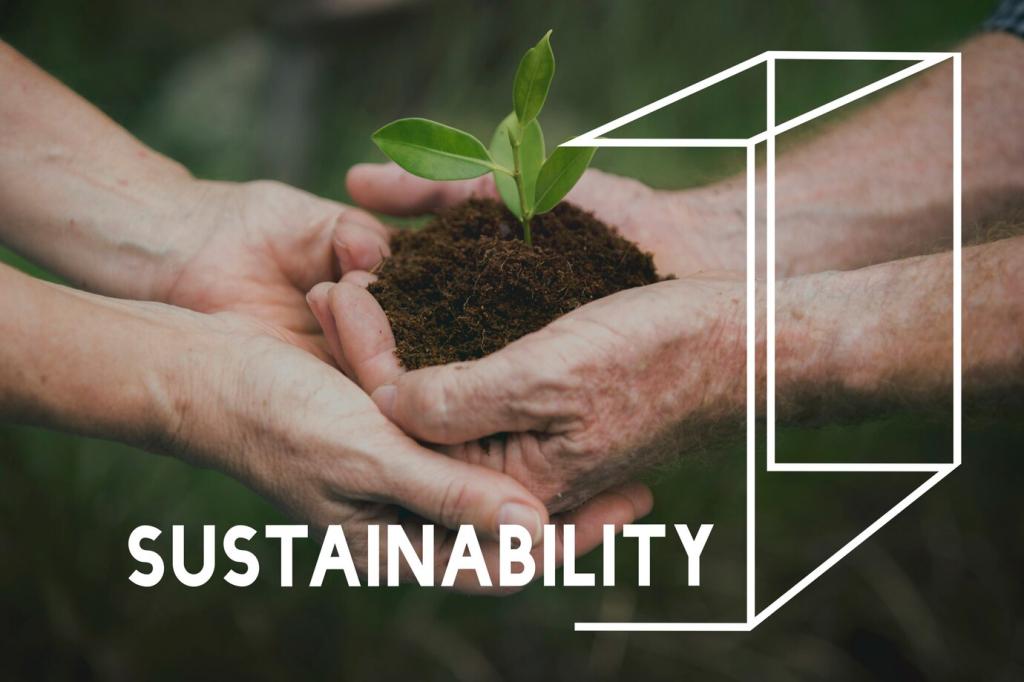
The History and Future of Eco-Friendly Packaging Solutions
Eco-friendly packaging solutions have evolved considerably over the past century, driven by technological advancements, changing consumer attitudes, and the urgent need to address environmental degradation. This evolution reflects not only shifting industry practices but also a broader societal commitment to sustainability. As we reflect on the past and anticipate the future, it’s essential to understand the major milestones that have defined eco-friendly packaging and to examine the innovative changes shaping what comes next.
Early Origins of Eco-Friendly Packaging

Long before modern waste management systems, ancient societies relied on biodegradable and locally available materials to package goods. Leaves, woven grasses, animal skins, and clay were commonly used to protect or transport food and commodities. These natural materials required little processing and returned harmlessly to the earth after disposal. Such methods illustrate a deeply ingrained understanding of ecological cycles, showing that sustainability is not a modern trend but a legacy of human ingenuity. The durability and functionality of traditional packaging proved sufficient for centuries, setting an early blueprint for eco-conscious design.
Key Innovations in Sustainable Packaging
01
The search for alternatives to conventional petroleum-based plastics led to the development of biodegradable and compostable materials. Plant-based polymers, such as polylactic acid (PLA) derived from corn starch, have proven to be effective at mimicking traditional plastics while offering faster decomposition rates when disposed of correctly. Compostable packaging breaks down under specific conditions, reducing reliance on landfills and contributing valuable organic matter back to the soil. This innovation has been critical in addressing the life-cycle impacts of packaging and supporting a more circular economy.
02
Recycled-content packaging harnesses the value of post-consumer and post-industrial materials. Paper, cardboard, glass, and some plastics can be reprocessed multiple times into new packaging, minimizing raw material extraction and energy consumption. Closed-loop systems have emerged, especially in industries like beverage and food service, where packaging is collected, sanitized, and reused or repurposed. These approaches are effective at reducing waste and encouraging greater responsibility both in production and consumption cycles, aligning closely with sustainability goals.
03
A central tenet of eco-friendly packaging is simply using less material. Advances in packaging design, lightweighting, and the introduction of minimalistic branding have driven significant reductions in material usage. Simultaneously, there has been a renewed emphasis on reusability—through multipurpose containers, refill systems, and durable packaging designed for extended use. These strategies not only cut down on waste but also empower consumers to participate directly in sustainability efforts, fostering a more conscious and responsible culture around packaging.

